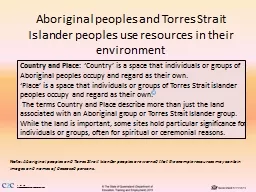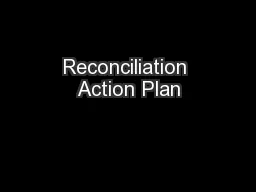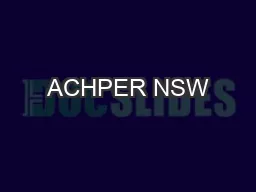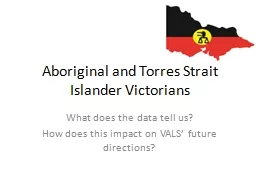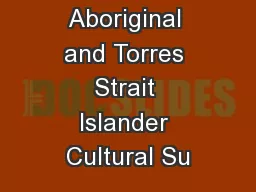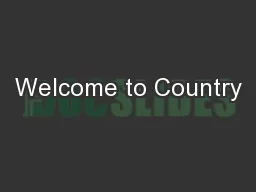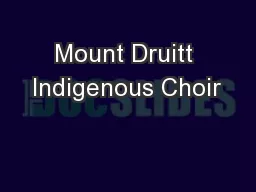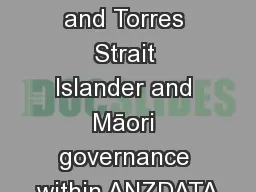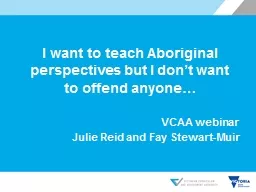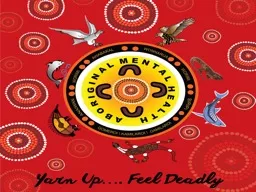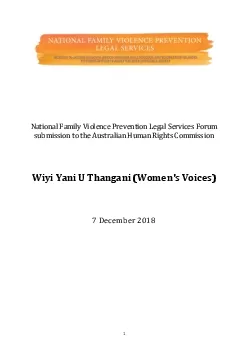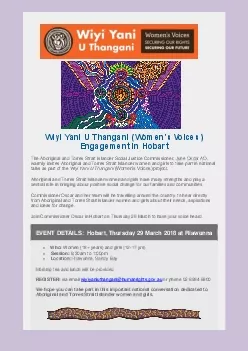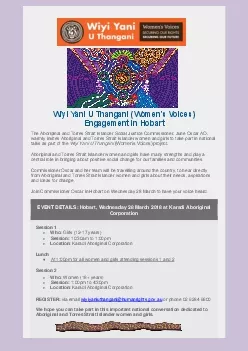PPT-Aboriginal peoples and Torres Strait Islander peoples use r
Author : lois-ondreau | Published Date : 2016-03-22
Note Aboriginal peoples and Torres Strait Islander peoples are warned that the example resources may contain images and names of deceased persons Country and
Presentation Embed Code
Download Presentation
Download Presentation The PPT/PDF document "Aboriginal peoples and Torres Strait Isl..." is the property of its rightful owner. Permission is granted to download and print the materials on this website for personal, non-commercial use only, and to display it on your personal computer provided you do not modify the materials and that you retain all copyright notices contained in the materials. By downloading content from our website, you accept the terms of this agreement.
Aboriginal peoples and Torres Strait Islander peoples use r: Transcript
Download Rules Of Document
"Aboriginal peoples and Torres Strait Islander peoples use r"The content belongs to its owner. You may download and print it for personal use, without modification, and keep all copyright notices. By downloading, you agree to these terms.
Related Documents

